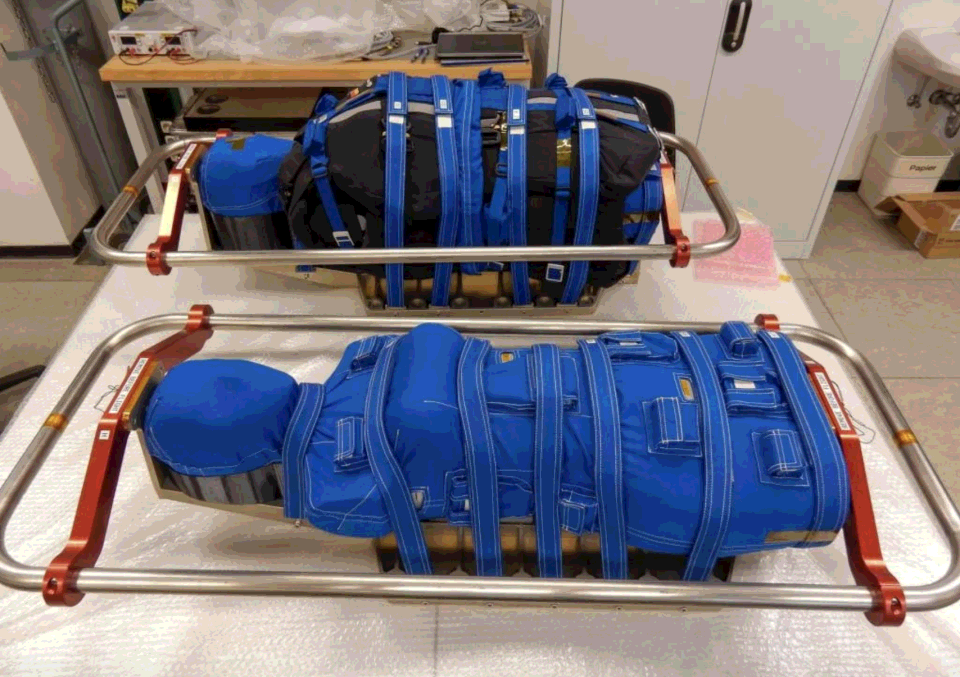Technology
Nasa is sending artificial female bodies to the Moon for bizarre experiment

NASA will send artificial female bodies on a trip to the Moon to observe radiation risks.
The US space agency would like to send real women to the Moon but it’s thought the female body has a bigger risk of negative impacts from space radiation.
NASA/Lockheed Martin/DLRThe mannequins contain materials similar to human tissues and organs[/caption]
NASA/Lockheed Martin/DLRThe two torsos will loop around the Moon on Artemis 1[/caption]
This is where mannequins Helga and Zohar come into play.
The two torsos are made up of materials similar to the bones, soft tissues, and organs of a female adult human.
Over 10,000 sensors and radiation detectors will be tracking the effects of space on these materials as Helgar and Zohar travel around the Moon.
The plan is to send the two identical torsos to space on the Artemis 1 mission that will be testing out all the tech that should take humans to the Moon in a few years time.
Read more on space
Nasa plans to rocket Artemis 1 into space this year and send its Orion capsule looping around the Moon.
The torsos will remain onboard and will be observed after they land.
One of the mannequins will be wearing a new radiation protection vest but the other will be left to withstand space on its own.
They’ll also be a third mannequin that will be collect data about how the flight vibrates and accelerates the body.
Most read in Tech
Previous research has found that radiation exposure is more likely to give women cancer.
It’s also thought that the radiation can have more of a negative impact on female reproductive health.
Nasa wants to observe this more before sending a manned Artemis 2 mission around the Moon in 2024.
The space agency would like to land a woman on the lunar surface by 2025.
Hopefully the experiment with Helga and Zohar will help Nasa to reduce the effects of radiation before these crewed missions.
The torsos were designed by the German Aerospace Center (DLR).
Thomas Berger from DLR Institute of Aerospace Medicine said: “We are looking to find out exactly how radiation levels affect female astronauts over the course of an entire flight to the Moon, and which protective measures might help to counteract this.”
Helga and Zohar could stay in space for six weeks.
Read More on The US Sun
They’ll experience the harsh effects of space radiation, which is known to alter DNA molecules.
The female torsos should be launched sometime this summer, although Nasa hasn’t confirmed a date yet.
We pay for your stories!
Do you have a story for The US Sun team?
Email us at exclusive@the-sun.com or call 212 416 4552.
Like us on Facebook at www.facebook.com/TheSunUS and follow us from our main Twitter account at @TheSunUS

